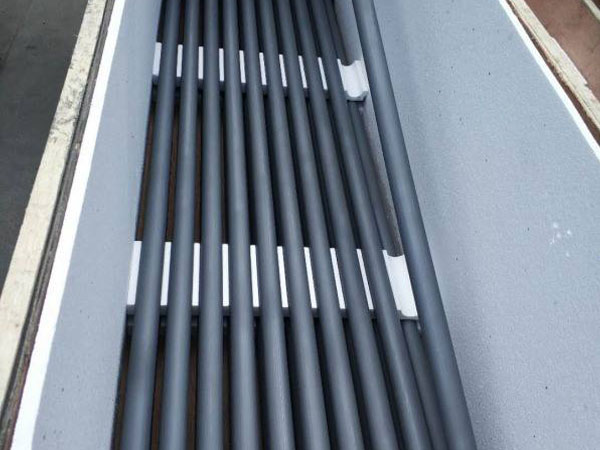The production of sintered silicon carbide roller rods typically involves multiple process steps, which may vary depending on the manufacturer and specific product. The following are the main steps of the general sintered silicon carbide roller production process

Raw material preparation: The main raw materials include silicon carbide powder, binders and other additives. Silicon carbide powder is usually high purity silicon carbide. The raw materials need to be mixed carefully to ensure even distribution.
Molding: The mixed raw materials are shaped through a molding process, usually using a mold or extrusion machine. This step aims to form green embryos of the desired size and shape.
Pre-sintering: Green embryos are usually pre-sintered, which is heat treatment at a relatively low temperature. This helps remove some organic matter and improves the mechanical properties of the green embryo.
Sintering: After the green embryo is pre-sintered, it will undergo the main sintering process under high temperature conditions. This step sinters the silicon carbide powder into a dense, hard material. The sintering process is usually carried out in an inert atmosphere to avoid oxidation.
Machining and Trimming: The sintered silicon carbide block may require further machining such as grinding, turning or other machining processes to obtain the desired final shape and size.
Testing and Quality Control: At all stages of the production process, products are tested and quality controlled to ensure they meet specifications and quality standards.
Coatings (optional): Depending on the specific application, sintered silicon carbide roller rods may require surface treatments such as ceramic coatings to improve wear and corrosion resistance.
Final heat treatment (optional): For some special requirements, the product may require final heat treatment to adjust the microstructure and performance.












